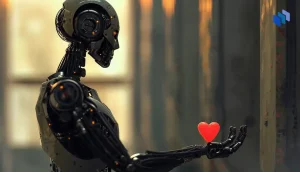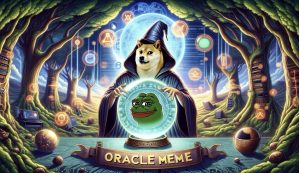What Does Stop Motion Animation Mean?
Stop Motion Animation is a technique used in animation to bring static objects to life on screen. This is done by moving the object in increments while filming a frame per increment. When all the frames are played in sequence it shows movement. Clay figures, puppets and miniatures are often used in stop motion animation as they can be handled and repositioned easily.
Stop motion animation is almost as old as film itself. Film makers needed a way to animate objects on screen and the technique was devised. The first instance of its usage is credited to J. Stuart Blackton and Albert E. Smith for bringing a toy circus to life in Humpty Dumpty Circus (1897).
Techopedia Explains Stop Motion Animation
Stop motion animation can be thought of as just a series of still photographs. Objects or puppets are moved and filmed frame by frame to simulate movement. Films like the original King Kong and Star Wars made heavy use of stop motion animation using miniatures and puppets. This was the only way to bring objects that cannot move by themselves to life on screen.
The advent of computer generated imagery has removed stop motion animation from the mainstream but its unique effect and the realistic textures it brings (since actual materials are used in filming) means it will not die out anytime soon. It is still widely used in artistic films, shorts, and commercials.
Notable feature-length films all done in stop motion animation and released in the “CGI boom era” are:
- Tim Burton’s Corpse Bride (2005)
- Chicken Run (2000)
- Wallace & Gromit: The Curse of the Were-Rabbit (2005)
- Coraline (2009)





